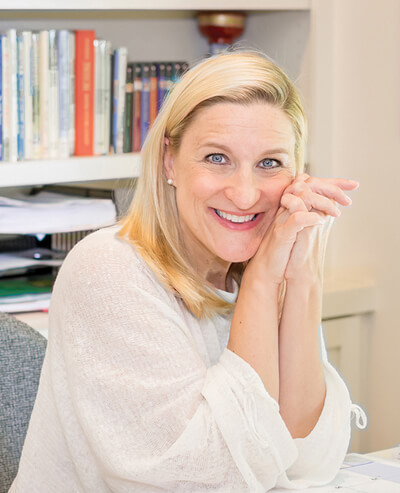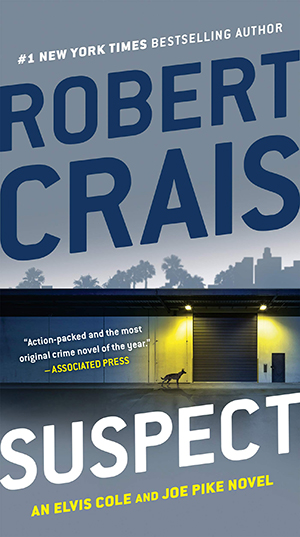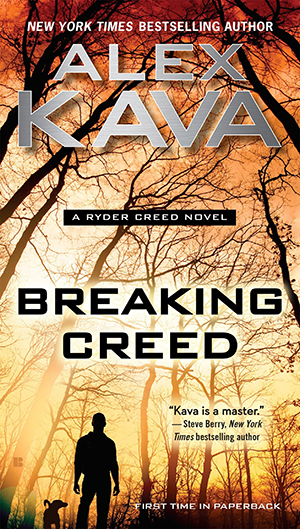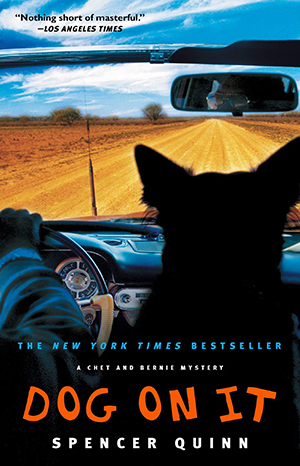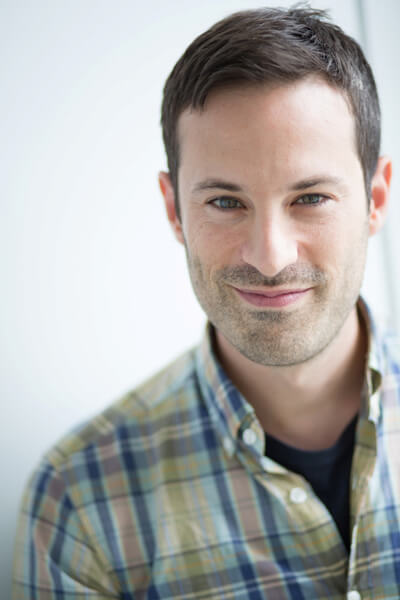What do we mean by “home”? It’s not a question one usually asks when feeling at home. It comes instead out of a sense of dislocation: when the home is present but lacking in some way; there but not there; visible but, for some reason, amiss. To ask the question is to state a nagging suspicion that the word has become dislodged, detached, decoupled from its meaning. The person asking is not necessarily homeless, but neither do they feel totally secure. They might say, as they leave the office, that they’re going home, but the associations they have with that word, their expectations about it—comfort, shelter, recuperation, rest—sit oddly with the house that they’re headed for.
I tend to reach dead ends when asking such questions of myself. For answers, I need outside input, to have my thoughts interrupted by other people, by books, by encounter and experience. What I want to describe here is what happened when, for a short while, this question was interrupted, unsettled and ultimately reframed by a colony of bees.
“Home is a place from which worlds can be founded; a place where meanings are made.”
I’d moved to Oxford from the south coast of England. A job offer had come at just the right time, and I’d moved towns to take it. I was renting a room in a house not far from the city center, a small terrace room with moths in the carpets and mold spores on the walls and a slim garden out back that had grown overcrowded with weeds. I’d brought cushions and houseplants, pictures and pans—all the trappings of a domesticity that, on the cusp of my 30s, I still felt ambivalent about—but, a few months in, the place wasn’t feeling a lot like home. The new job was stressful. I got back in the evenings tired and drained, too exhausted to do much more than make some food and go to bed. This was nothing out of the ordinary, of course—in fact, when I looked around at my colleagues, all of us pinned behind our neat desk cells, it seemed almost a foregone conclusion. I’d crawl under the covers at night feeling dulled, dumbed down, depleted.
Into this space, this not-quite-home, arrived the bees. I was gifted the colony by a group of friends, and in the months before they arrived, I cleared the weeds in the garden, bought a hive and some beekeeping equipment and read a lot of not very practical books about beekeeping history and folklore.
Honeybees in real life are not like the ones in books. They’re brittle and trembling, and when I lifted the lid of the hive, they didn’t buzz, they hummed—like a machine but more unstable, more liable to volatility. Once a week I made a full hive inspection, prizing the combs apart one by one as the bees rose up in a cloud around me—light, sharp and impossible to predict. The task was more involved than I’d anticipated, and I was going to become more involved, more unsettled, than I’d thought.
ALSO IN BOOKPAGE: Read our starred review of A Honeybee Heart Has Five Openings.
What was I looking in on? Thousands of individuals, or a singularity? A superorganism? An intricate and fine-tuned system, or a confusion—a chaos? Often I had the sense of complex networks, of an intricate and highly sensitive collectivity. But as to what was actually happening inside the hive from week to week—well, it often felt like guesswork. The bees built in directions I hadn’t planned, responded to changes I hadn’t noticed or anticipated. Often, by the time I noticed a potential threat—a wasp raid, a hailstorm, a sudden temperature drop—they’d already responded to it.
The colony was getting stronger; the comb was thicker, darker, fuller every week. I’d peer down at the honey collecting in the wax cells and feel a silent wonder at the journeys the bees had made—the distances they’d traveled and how they’d still found their way back home. Inside the house afterward, I’d feel oddly shaken, moved at the sight of all that work—the making and feeding, the living and dying and being born—going on inside.
It was around this time that another beekeeper encouraged me to start an observation diary. “Note down what’s happening week to week,” he said. “It’ll help you pick out the patterns and spot when something’s amiss. The more you look, the more you’ll notice; the more you notice, the more you’ll see.”
So I bought a notebook and began doing as he’d said. I wrote what happened at the weekly inspections, and then I wrote what happened when I was not inspecting—when I was just sitting out by the hive, not doing anything very much. Soon I began noting other things, too—lines from books and articles I’d read, conversations I’d had, dreams I’d dreamed (one about honey seeping through my bedroom ceiling; one about hornets with huge teeth inside the house).
Throughout history, honeybees have carried great imaginative and symbolic meaning. They’ve appeared in religious texts and literature, in healing rituals and magic rites. These days we may be more likely to think of them, if we do at all, as suppliers of our health foods and pollination services, but at other times their role and relationship to us has been far less scrutable. In cultures across the world there are stories of honeybees as messengers, able to pass between realms. For ancient Greeks the sound of bees buzzing through the cracks of rocks was a sign of souls emerging from the underworld. The Mayans believed that bees were imbued with mystical power, and in British folklore they’re known as small messengers of God.
Other stories take a rather more practical tone. The Greek essayist Plutarch claimed that honeybees were especially bad-tempered toward men who’d recently had sex and that they could sense adultery and punish it by stinging. The Roman writer Columella advised beekeepers to “abstain from sexual relations” the night before opening a hive, and in a tradition once common across Eastern Europe, a girl’s virginity could be tested by having her walk past a beehive. (If the bees left her alone, her purity was judged to be intact.) One might argue that these traditions tell us less about honeybees and more about our own species’ inclination to project onto others our preoccupations and meanings; but what I find interesting about them, and what they each have in common, is the sense that bees and humans are not entirely separate—that our fates are necessarily, and sometimes curiously, intertwined. Looking back over the last hundred years of farming practices, one could be forgiven for thinking that that insight has all but disappeared from our minds.
Reading my observation diary now, I see that these and other accounts of not-quite-separateness are noted alongside newspaper headlines warning of bee-harming pesticides, of colony losses and wild bee declines, of habitat destruction and fragmentation, of commercial beekeepers now operating at industrial scales, equipped with the tools to intervene in every part of the inner life of the hive. I suppose I’d arranged them side by side like this because a few times, reading these articles on a lunch break at work, I’d felt a wave of affinity toward the tiny creatures in my garden—a note-quite-separateness of my own. Weren’t we both suffering the effects of a drive toward intensification, of a culture that placed market profit above creature life?
“What if home wasn’t about staying put, I wondered then. What if it was something in me?”
It isn’t sensible to identify with a colony of honeybees—one risks spending the whole time searching for similarities or picking out likenesses where there aren’t any—but still something was happening out by the hive. This I sensed but struggled to articulate clearly.
Back in my garden, watching the bees lifting, dustlike, from the hive each week, I found myself again circling that question: What do we mean by “home”? The word seems inseparable from houses now, and from notions of domesticity and ownership. Yet when I looked it up, I learned that its original meaning referred not to a building or even a geographical location but a state of being—a place at the “heart of the real,” according to the historian Mircea Eliade. A place from which worlds could be founded; a place where meanings are made.
Humans have kept honeybees for over 6,000 years, but as a species they’ve never been fully domesticated. When a swarm of bees leaves a hive today, they’re as wild as they ever were—not reliant on the shelters we’ve made and just as capable of following their own instincts about how to live. What if home wasn’t about staying put, I wondered then. What if it was something in me? What if I carried it around, an active capacity?
By late summer, there were honeybees among the sheets hanging from the washing line and wasps picking at the jam lid when we ate breakfast outside. On warm days, we left the windows of the house open and found bumblebees in the sink, butterflies on the walls, a dragonfly, once, on a bookshelf. Strange things happen when we pay attention. The Reverend William Mewe, experimenting with an early observation hive in the 17th century, claimed that when he began regular inspections of his colony, honey production increased. I saw no reason to suspect that my own gaze had prompted anything but mild agitation among the colony in my garden, but I did find that my own seeing and sensing changed. I was feeling more at home in Oxford—not more settled, but easier in myself and more able to move around freely. Sensitivity often gets a bad rap. We tend to associate it with being overly fragile, and as I struggled to adjust to the pressure at work, I certainly worried that I lacked robustness. But the bees were sensitive in a different way—highly alert and responsive, tuned to each other and to their environment. Watching them at work, that sensitivity seemed to me like a new and exciting form of power.
I was not like the bees, but I suspect that my impulse to identify signaled something important—an encounter that unsettled any easy distinctions as to who the true keepers were in this relationship, and who the kept. Surely this says something about the importance of encounter with other creatures, especially ones whose laws and logics are so different from our own.
By the end of that year I was feeling more connected. Perhaps, unknowingly, I’d absorbed a little of that special honeybee sensitivity. Also, my sense of “home” had changed. I no longer thought of walls and windows but a feeling I could build and share. Yes, as summer drew to a close, “home” appeared less tangible, more movable, less fixed—and oddly, more immediate.
Headshot of Helen Jukes by © Liz Hingley








